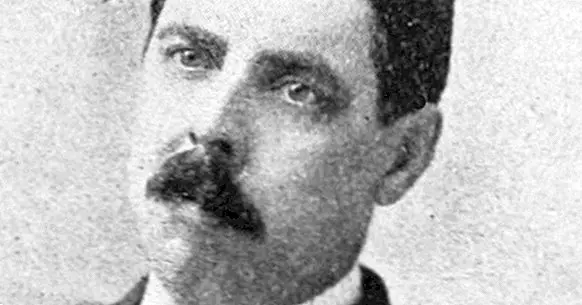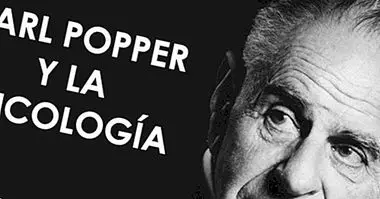Law of the Effect of Edward Thordike: the basis of behaviorism
Psychology is not only focused on studying the human mind. For many psychologists, the representatives of the behavioral current of psychology, the object of study is behavior, that is, the acts performed by a great variety of living beings, provided that these can be modified through learning. That is, the study of animal behavior has also received the interest of many psychologists.
Although B. F. Skinner is probably the most well-known behavioral researcher, he owes part of his relevance to another scientist who worked several decades before him: Edward Thorndike. And of all the contributions that the latter made to the world of psychology, the so-called Law of the Thorndike Effect It is surely the most important. Let's see what it consists of.
- Related article: "Animal intelligence: the theories of Thorndike and Köhler"
The law of the effect of Edward Thorndike
The fundamental idea expressed by the Law of Effect is that, if a consequence perceived as positive (and therefore satisfactory) occurs right after an action, it is more likely that the same action will happen again . On the other hand, if an unpleasant or painful stimulus arrives after an action, the chances of repeating that action would diminish.
On the other hand, this law was proposed both to describe animal behavior and that of human beings. One of the characteristics of behaviorism, which Thorndike helped inaugurate, was that downplay or even deny the functionality of consciousness in the acts their schemes could be applied to many forms of life, practically all those capable of learning: mice, mollusks, etc.
- Maybe you're interested: "The theory of B. F. Skinner and behaviorism"
Implications for operant conditioning
While Thorndike is not formally a representative of behaviorism, his Law of Effect is a concept from which behaviorists worked to develop behavioral modification programs based on contingencies, that is, relationships between stimuli and responses.
For example, operant conditioning can be understood as an extension of the Law of Effect. This concept is a form of behavior modification based on the way in which the association between an action and a consequence affects the learned behavior patterns.
For example, the psychologist B. F. Skinner used this type of conditioning to, little by little, go rewarding the action of pigeons used in his laboratory causing them to internalize chains of behavior that resulted in the performance of a more complex act. At first they are given a reward by pushing a small ball with their beak, and as they do so, they are given more rewards when performing complementary actions; at the end, they end up playing ping pong, receiving a prize for each point won by the opposite pigeon.
- Related article: "Operant conditioning: concepts and main techniques"
Hebb's Law
In a way, the Law of the Effect of Thorndike reflects a contribution made later by the neuropsychologist Donald Hebb, the so-called Law of Hebb. According to this, the neurons that are activated at the same time increase the possibilities of connecting at the same time in the future. In this case, a coincidence in time (the activation of nerve cells) influences a potential future event (the same activation pattern, later).
But nevertheless, The Law of the Effect of Edward Thorndike does not focus on a purely biological analysis or neurological of what happens in our nervous system, but basically based on behavior, in the style of behavioral psychologists like John B. Watson.
- Related article: "Hebb's Law: the neuropsychological basis of learning"
Criticisms of the Law of Effect
The Law of Effect is the daughter of its time, and naturally its validity is not fully valid, although it was a valuable first step for behavioral psychology. The main criticisms that have been made against him have to do with their implications about what happens after an action has unpleasant effects .
For example, pain, in a sexual context, can act as pleasure in some people. There is a certain degree of uncertainty about which stimuli are aversive and which are not for a specific individual, especially considering that the language and abstract thinking typical of human beings raised in society offer a new way of experiencing the most basic stimuli.
Another example of this would be found in the perception of physical punishment or even torture.For some strongly indoctrinated people, this type of suffering may be desirable as a form of martyrdom, and therefore it is not impossible for exemplary executions to function as an incentive to break the rules, for example, through attacks based on religious fundamentalism.
On the other hand, it is also not clear what is a desirable stimulus; possibly there is no universal reward equally valid for all individuals, and that is why in many cases you have to inquire first about what is desirable and, in addition, on the type of reinforcers that are available in the "natural" environment of an individual: if someone is accustomed to receiving a reward that only occurs in a laboratory environment, the behavior that promotes may disappear.



















